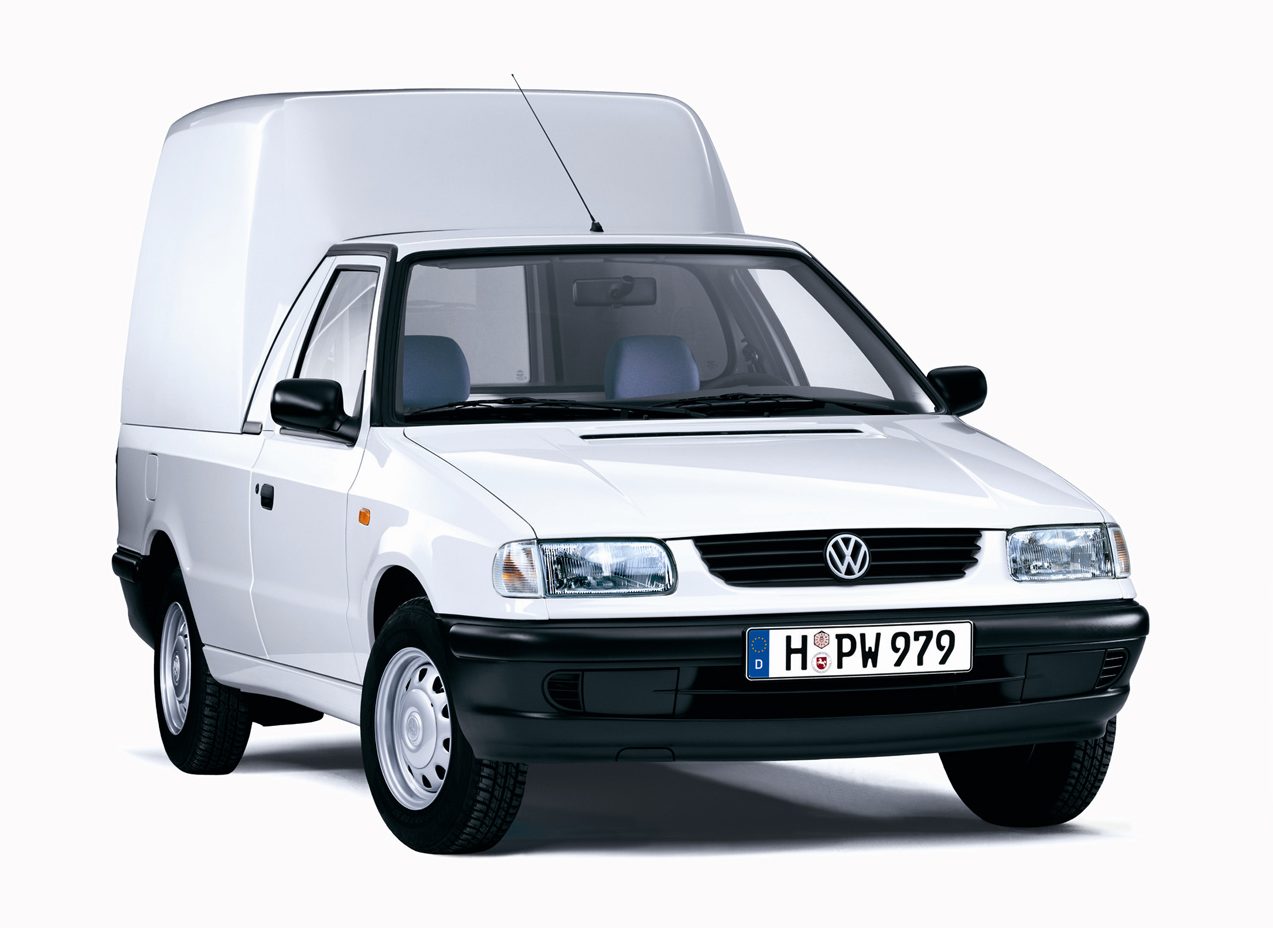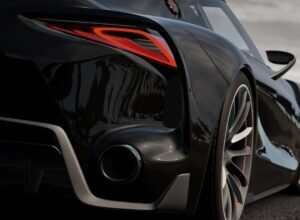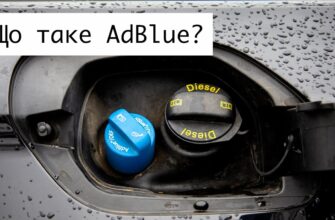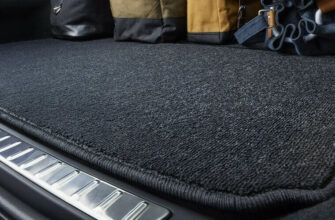Caddy is the smallest model in the family Volkswagen Commercial Vehicles. Small cars Volkswagen van made its debut on the market in 1995 year. The car comes in two versions – like van and station wagon. The second has a glass-enclosed bodywork and rear folding sofa, so that it can travel five people (in the van, only two).
Design and comfort
The front part of the first version of the model resembles Saddy made during 1994-1999 Volkswagen Polo. Forms seats are very comfortable, them comfortable even during long drive, All switches and indicators are arranged in accordance with the rules of ergonomics – they are easily accessible and identifiable. Pockets on the side doors, as well as the glove compartment volume without problems contain all the necessary process in everyday operation trivia.
engines
The drive in Volkswagen Caddy used as gasoline, and efficient diesel units. If you want to buy it yourself it is recommended that the engine 1.9 TDI (90 l. with.), which consumes only about average consumption 5,5-6 liters of diesel per hundred kilometers, It provides good performance, crackdown on 0 to 80 kmh – for 9,5 with, and the maximum speed 165 kmh. Buy Volkswagen Caddy 1995 in a normal state, a car can take about 3000 dollars.
trunk
In a car length 4,2 m and width 1,7 m can accommodate the weight of the load 625 kg (capacity with driver). The area of the cargo compartment of caddy 2,56 m?, and the volume 2,9 m?. In the van carpeted floors with high abrasion resistance. The wheel arches have been designed in such a way, so you can upload and publish as much as possible the goods, to which the attachment of six folding handles provided. The rear doors can be opened thumbscrews on 180 degrees or after a light blocking on 90 degrees.
Service maintenance
The period between maintenance amounts in caddy 15 thousands of kilometers, the only exception is the engine 1.9 d – Owners of cars with this engine must attend service every 10 thousands of kilometers.
timing
Timing belt replacement in the case of diesel units takes place every 90 thousands of kilometers, and in the case of gasoline engines every 120 thousands of kilometers. According to the feedback of the belt breaking drivers to run these values does not occur, true at run 70 thousands of kilometers is necessary to pay attention to the water pump, as sometimes occurs damage to its depressurization and bearing. A jamming of the pump may in turn lead to rupture of the belt.
Suspension
Car suspension, without any problems can withstand a run order 90-100 thousands of kilometers, later to be ready for the replacement of individual elements, such as metal-rubber bushings and bolts of the front arm. Rear wheel bearings may have accelerated wear – sometimes they have to be replaced after the run around 30 thousand. km.
Benefits
- great maneuverability and compactness;
- relatively low failure rate;
- economical diesel engine;
- comfortable chairs and well-designed instrument panel.
disadvantages
- increasing noise from inside the van;
- accelerated wear of the rear bearing;
- leaking water pumps.












